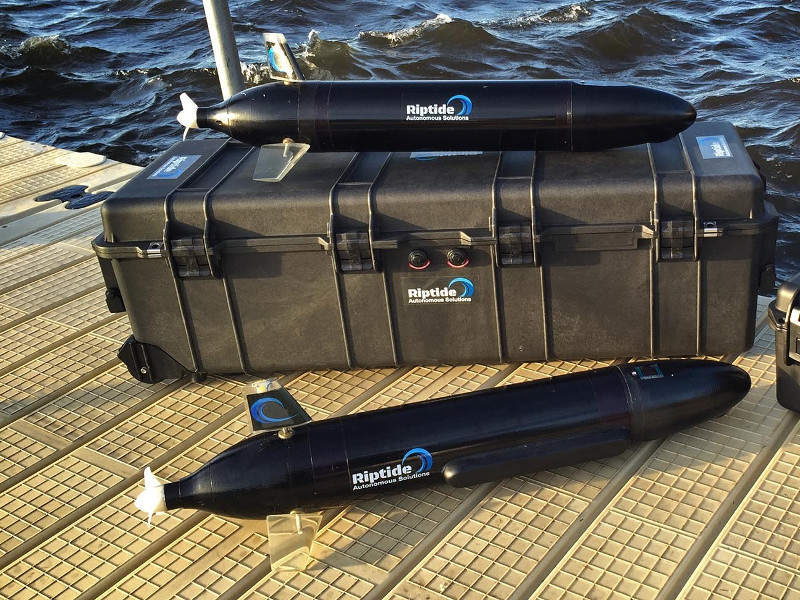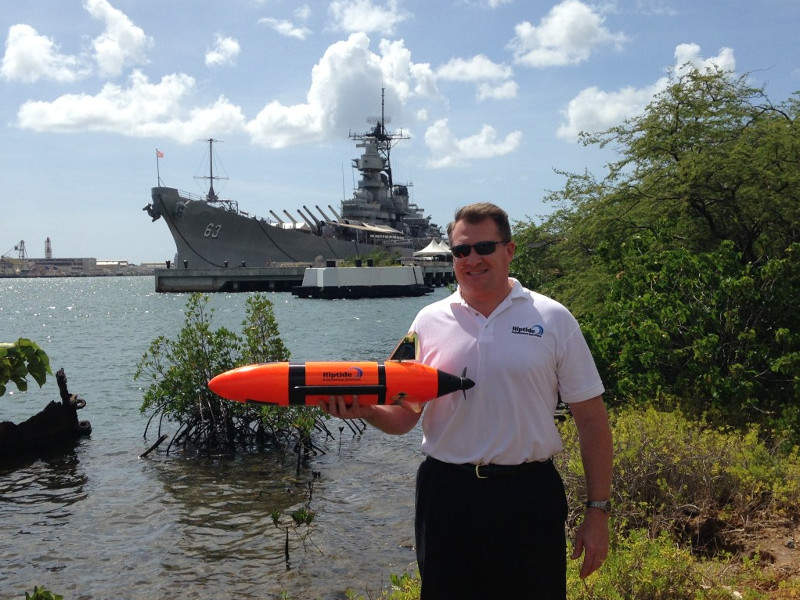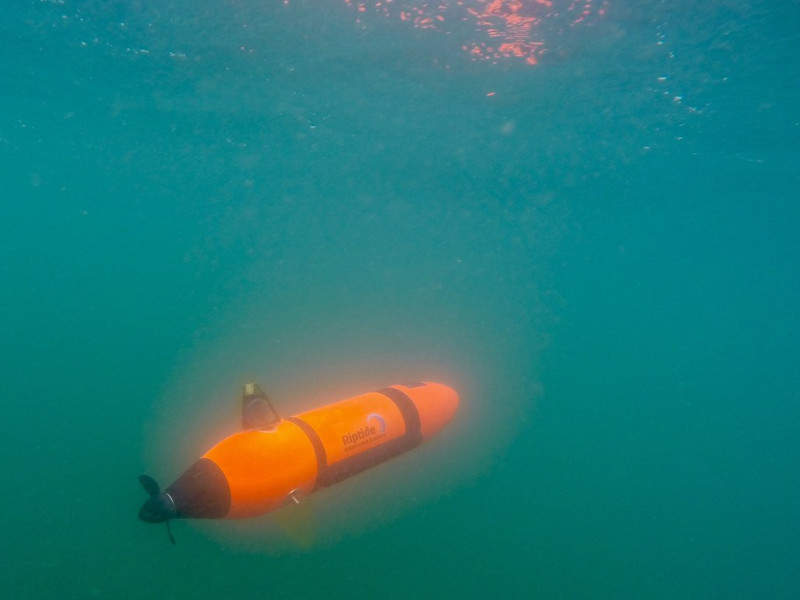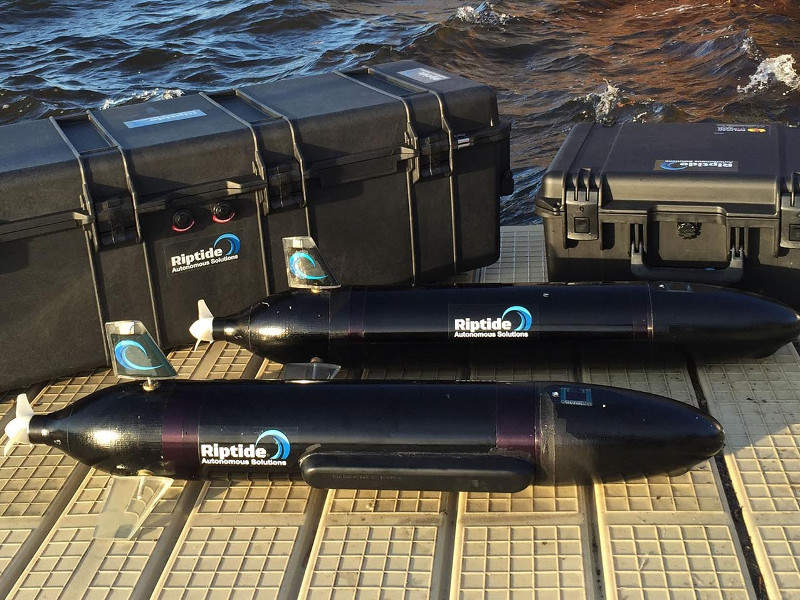The Riptide Micro unmanned underwater vehicle (UUV) is a new autonomous undersea vessel designed and manufactured by Riptide Autonomous Solutions.
Developed as a scaled-down version of the Micro-mini UUV, the Riptide UUV is intended to address the underwater requirements of the US Naval Forces.
It was officially launched by Riptide at the Oceanology International North America (OINA) 2017 exhibition held in San Diego, California, US, in February 2017.
The US Navy took delivery of the first three Micro UUVs in March 2016, while six more UUVs were handed over in July 2016.
The UUVs were tested by the US Navy to evaluate the operational efficiency of the new sensor systems.
The Riptide Micro UUV allows operators to conduct underwater surveys and inspections as well as test subsea sensors and new payloads.
The potential customers of the UUV include military, naval forces, scientific organisations, and commercial and academic institutions.
Riptide Micro UUV design and features
The state-of-the-art micro UUV is based on an open-source autonomous undersea vehicle platform. Developed using advanced 3D manufacturing techniques, the vehicle features a propeller, tail section, fins and nose section. It can operate in harsh weather conditions and handle high pressure.
It is fitted with a large circular-shaped fuselage with a tapered cone-shaped nose structure. The control fins are located at the rear section of the vehicle. It can be deployed into action from surface vessels, docks and paddleboards.
The compact autonomous vessel integrates software and open hardware interfaces onto a robust platform that offers high reliability. The optimised design ensures a low hydrodynamic signature, while three independently actuated control fins provide superior roll stability.
The standard micro UUV has an overall length between 25in (63.5cm) and 72in (182.9cm). It has a base diameter of 4.875in (123.8mm) and weight of 25lb (11.33kg), and can function at an operating depth of 1,000ft (300m).
The Riptide micro UUV’s open system design allows the developer to customise the vehicle with new features and necessary payloads to meet the current and future requirements of the customers.
Payloads and sensors in the Micro UUV
The preliminary payload on the micro UUV is the Atlas Sea Scan Arc Scout Lite sonar, which can generate frequencies of 600kHz, 900kHz, 1,200kHz and 1,800kHz.
The compressed high-intensity radar pulse (CHIRP) bandwidth range of the sonar is between 50kHz and 200kHz, while its CHIRP length is less than 0.5ms.
The sonar’s maximum image ranges per side at 600kHz, 900kHz, 1,200kHz and 1,800kHz frequencies are 100m, 60m, 35m and 15m, respectively.
The micro UUV is equipped with depth and temperature measuring sensors. It is also fitted with an ultra-compact 600kHz Pathfinder doppler velocity log (DVL) supplied by Teledyne RD Instruments (TRDI).
Navigation and communications
The navigational requirements of the unmanned vessel are served by the on-board GPS system, standard Sparton attitude heading reference system (AHRS) and an altimeter.
It features standard Wi-Fi equipment to stay connected with the operators, Iridium communications system and acoustic modems for underwater communications.
Propulsion and performance
The autonomous undersea vessel is powered by standard alkaline AA batteries that provide energy for up to 44 hours. The usage of rechargeable lithium ion batteries enables the vessel to operate for 80 hours.
The UUV can also be equipped with Aluminium Seawater Battery from L3 Open Water Power.
The maximum speed of the unmanned vessel is more than 10k.







